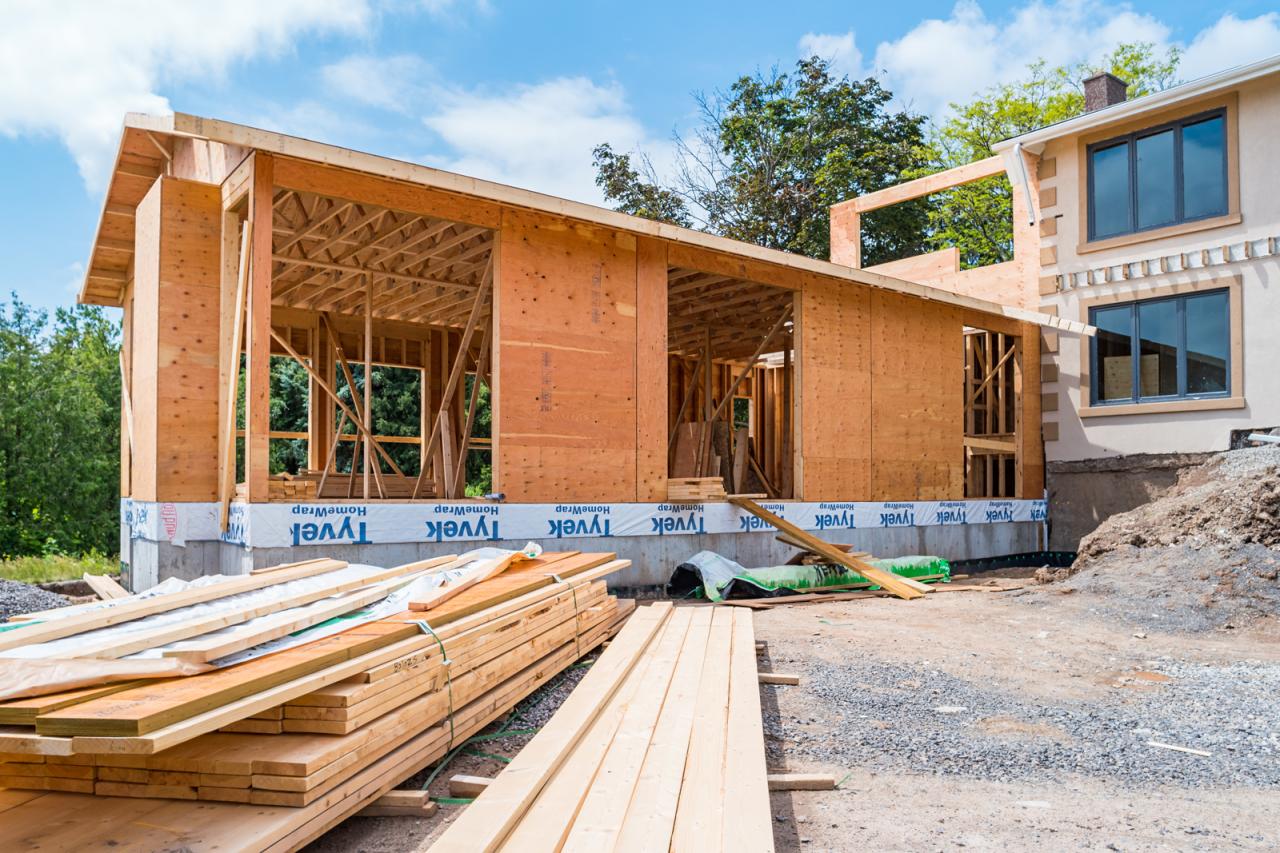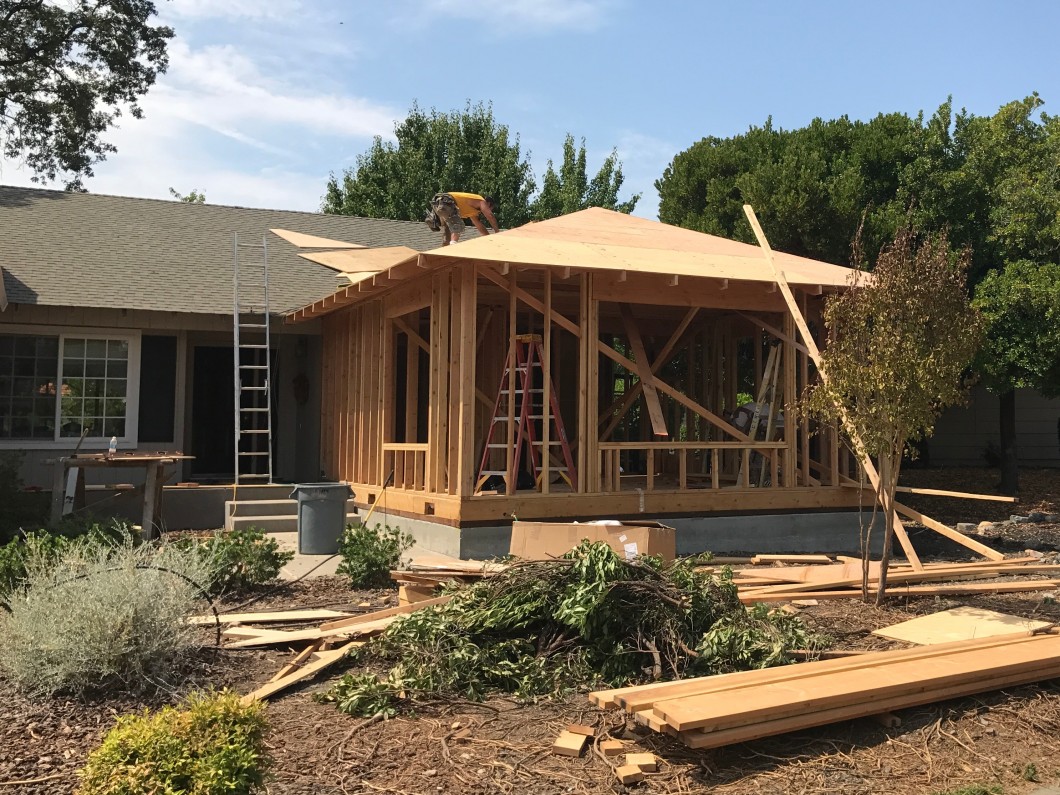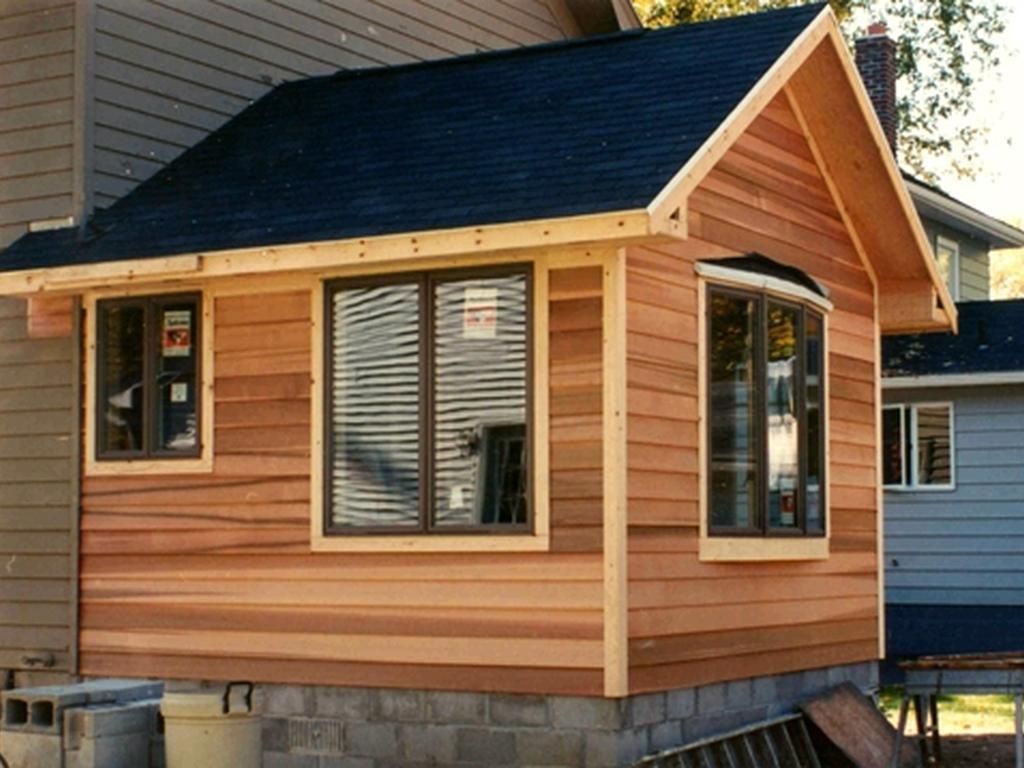Home Addition Builders for Small Houses: A Comprehensive Guide
Embark on a journey through the world of home addition builders for small houses, where we explore the key aspects that make these builders stand out. From design tips to construction processes, this guide covers it all.
Delve into the realm of home additions and discover the secrets to creating functional, aesthetically pleasing spaces within small house constraints.
Research on Home Addition Builders for Small Houses

When looking for reputable home addition builders for small houses, it is important to consider key characteristics that set them apart from others in the market. One of the most crucial factors is their experience and track record in building small house additions.
Builders with a proven history of successful projects and satisfied clients are more likely to deliver quality results.
Identifying Reputable Builders
- Check for online reviews and testimonials from previous clients to gauge the builder’s reputation.
- Look for builders who specialize in small house additions and have a portfolio of similar projects.
- Verify if the builder is licensed, insured, and bonded to ensure they meet industry standards.
Comparing Pricing Structures
When comparing pricing structures of different home addition builders, it is important to consider the overall value you will receive for your investment. Some builders may offer lower prices upfront but cut corners on materials or labor, leading to additional costs in the long run.
It is essential to request detailed quotes and compare them based on the quality of work and materials provided.
Importance of Licenses and Certifications
- Builders with proper licenses and certifications demonstrate their commitment to professionalism and adherence to industry regulations.
- Verify if the builder carries liability insurance to protect you from any potential accidents or damages during the construction process.
- Ask for proof of certifications or memberships in professional associations to ensure the builder stays updated on best practices and industry standards.
Designing Home Additions for Small Houses

When it comes to designing home additions for small houses, it is essential to focus on maximizing space while creating a functional and aesthetically pleasing environment. Incorporating eco-friendly and sustainable design elements can also contribute to the overall appeal and efficiency of the space.
Tips for Designing Functional and Aesthetically Pleasing Home Additions
- Consider using multi-functional furniture to save space and increase functionality.
- Opt for light colors and ample natural light to create an open and airy feel in the space.
- Utilize vertical space with shelves and storage solutions to maximize storage capabilities.
- Incorporate mirrors to create the illusion of a larger space and enhance natural light.
Importance of Maximizing Space in Small House Additions
- Maximizing space in small house additions is crucial to ensure that every inch of the area is utilized efficiently.
- By optimizing the layout and design, you can create a comfortable and functional living space without feeling cramped or cluttered.
- Effective space utilization can also enhance the overall value of the home and improve the quality of life for its inhabitants.
Incorporating Eco-Friendly and Sustainable Design Elements
- Choose energy-efficient appliances and fixtures to reduce energy consumption and lower utility costs.
- Use sustainable materials such as bamboo flooring or reclaimed wood for a more environmentally friendly approach.
- Implement proper insulation and ventilation systems to improve energy efficiency and indoor air quality.
- Consider installing solar panels or rainwater harvesting systems to further reduce the environmental impact of the home addition.
Construction Process for Home Additions
When it comes to building home additions, there are several important steps to consider in the construction process. From obtaining the necessary permits to proper project management, each phase plays a crucial role in the successful completion of the project.
Typical Steps in the Construction of Home Additions
- Site Preparation: Clearing the area where the addition will be built, ensuring the ground is level and ready for construction.
- Foundation Work: Pouring the foundation for the new addition, ensuring it is sturdy and meets building codes.
- Frame Construction: Building the framework of the addition, including walls, roof, and other structural elements.
- Utilities Installation: Installing plumbing, electrical, and HVAC systems to connect with the existing home.
- Interior Finishing: Adding insulation, drywall, flooring, and other finishing touches to complete the interior of the addition.
- Exterior Finishing: Installing siding, roofing, windows, and doors to match the existing home’s exterior.
Permits and Approvals Required for Building Home Additions
- Building Permit: Typically required for any structural work or changes to a property, ensuring the addition meets safety and building code regulations.
- Zoning Approval: Ensuring the addition complies with local zoning laws and regulations, including setbacks and land use restrictions.
- Homeowners Association Approval: If applicable, obtaining approval from the HOA for any exterior changes to the property.
Importance of Proper Project Management During the Construction Phase
Proper project management is essential during the construction of home additions to ensure the project stays on schedule, within budget, and meets quality standards. Effective project management involves coordinating contractors, scheduling inspections, addressing any issues promptly, and communicating with the homeowner to keep them informed throughout the process.
Materials and Finishes for Small House Additions
When it comes to small house additions, choosing the right materials and finishes is crucial for both aesthetics and durability. Let’s explore the common materials used, trends in finishes, and tips for selecting the best options.
Common Materials Used in Small House Additions and Their Pros and Cons
- Wood: Wood is a popular choice for small house additions due to its natural look and versatility. However, it requires regular maintenance to prevent rot and deterioration.
- Vinyl: Vinyl is a low-cost option that is easy to maintain and comes in a variety of colors. However, it may not be as durable as other materials and can fade over time.
- Brick: Brick adds a classic and timeless look to small house additions. It is durable and requires minimal maintenance, but it can be expensive compared to other materials.
Trends in Finishes for Small House Additions
- Neutral Colors: Neutral color palettes are a popular trend for small house additions as they create a sense of space and light.
- Energy-Efficient Finishes: Energy-efficient finishes such as insulated siding or roofing materials are gaining popularity to improve the overall energy efficiency of small house additions.
- Modern and Sleek Designs: Clean lines and modern finishes are trending for small house additions, giving them a contemporary look.
Tips on Selecting Durable and Low-Maintenance Materials for Small House Additions
- Consider the Climate: Choose materials that can withstand the specific climate conditions of your area to ensure longevity.
- Look for Warranty: Opt for materials with a good warranty to protect your investment in small house additions.
- Consult with Professionals: Seek advice from architects or builders to help you select the most suitable materials for your small house additions.
Closing Notes

In conclusion, home addition builders for small houses play a crucial role in transforming living spaces. By understanding the construction process, materials, and finishes, homeowners can make informed decisions for their home improvement projects.
Question & Answer Hub
What are the key characteristics of reputable home addition builders?
Reputable home addition builders typically have extensive experience, positive customer reviews, and a portfolio of successful projects.
How can I maximize space in small house additions?
To maximize space, consider utilizing multi-functional furniture, clever storage solutions, and open floor plans.
What materials are commonly used in small house additions?
Common materials include wood, steel, and concrete, each with their own advantages and considerations.